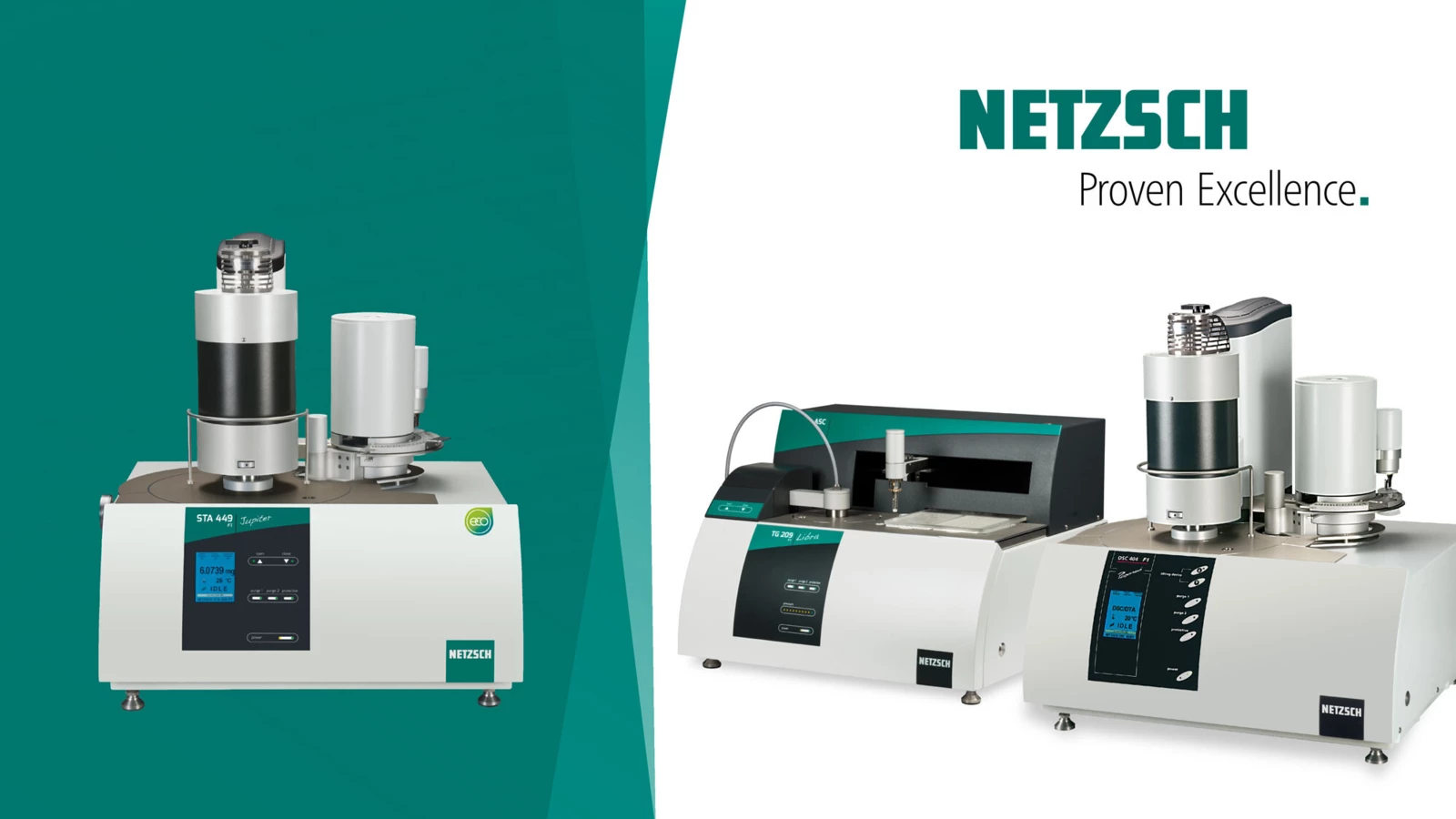
13.12.2021 by Aileen Sammler
STA or DSC and TGA – is Combination the Key?
Let´s have a look at different methods, instruments and properties, to help you finding the perfect solution for your needs. Today, we are going to compare Simultaneous Thermal Analysis (STA) with the two individual methods, Thermogravimetry (TGA) and Differential Scanning Calorimetry (DSC).
Which method is the best for applying thermal analysis and measuring thermophysical properties? Today, we are going to compare Simultaneous Thermal Analysis (STA) with the two individual methods, Thermogravimetric Analysis(TGA) and Differential Scanning Calorimetry (DSC).
TGA and DSC – The Workhorses in Thermal Analysis
TGA and DSC are heavily used in thermal analysis due to their ability to provide a detailed characterization of material properties. This includes properties such as mass change, Thermal StabilityA material is thermally stable if it does not decompose under the influence of temperature. One way to determine the thermal stability of a substance is to use a TGA (thermogravimetric analyzer). thermal stability, melting temperatures and transition enthalpies. DSC also offers the possibility to determine thermophysical properties, e.g., Specific Heat Capacity (cp)Heat capacity is a material-specific physical quantity, determined by the amount of heat supplied to specimen, divided by the resulting temperature increase. The specific heat capacity is related to a unit mass of the specimen.specific heat capacity. Even advanced analyses such as kinetic analysis of a Decomposition reactionA decomposition reaction is a thermally induced reaction of a chemical compound forming solid and/or gaseous products. decomposition process, can be made with these common thermoanalytical techniques.
STA as a Combination of DSC and TGA
STA combines both methods in one instrument: Using Simultaneous Thermal Analysis (STA), mass changes (TGA) and caloric effects (DSC) can be determined in one system with only one measurement using one sample. This combined approach avoids typical analytical problems like influences of material inhomogeneity, sample preparation and measurement conditions.
The NETZSCH STA Advantage
Besides the common STA advantages, the NETZSCH STA series is designed as a platform system. Therefore, the users have the possibility to select among different types of furnaces, sensors, thermocouples, crucibles and accessories. It offers unique application possibilities such as real enthalpy, humid atmosphere, even covering the high-temperature range.
Take a look into the accessories catalogue.
Is Combination the Key?
Using STA, so why not? Key is the individual customer´s requirement! There are fields of applications where it is advantageous to choose for DSC or TGA separately. Analysis for pharmaceutical or polymer applications in the low-temperature range, for example, is better made using DSC and TGA, not least because of the better sensitivity effects. Want to find out more? Dive deeper into this topic and watch our latest webinar:
It is up to you: Make your individual choice from among our large variety of instruments for Thermal Analysis. More information about NETZSCH thermal measurement methods can be found on our website.